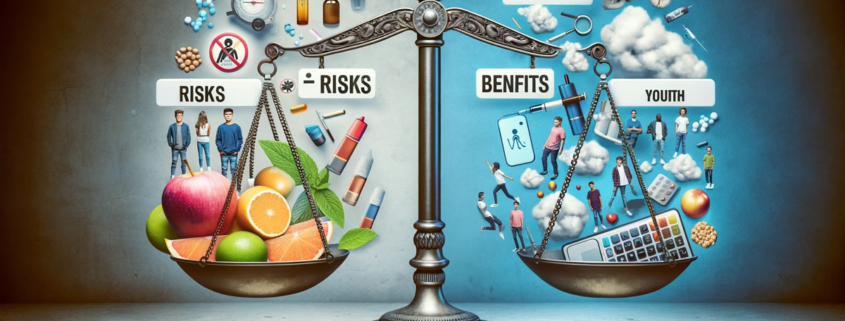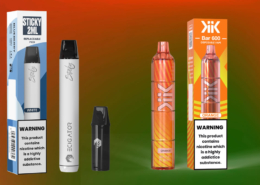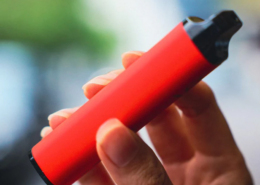Do Flavored Vape Bans Increase Youth Smoking Rates?
Well-intentioned laws restricting flavored vape access aimed protecting youth. But emerging public health data suggests these prohibitions produce unintended consequences, actually pushing more adolescents towards traditional smoking. Let’s deeply explore the surprising evidence.
Anti-Vaping Advocacy Groups Argue Flavors Hook Teens
Raising concerns around massive growth in teenage vaping, vocal nonprofits like Bloomberg Philanthropies claim candy-esque e-liquid flavors deliberately addict underage users. One influential report stated over 5 million high schoolers now vape, skyrocketing 135% since 2017. It attributes irresponsible industry marketing of dessert and fruit varieties hooking kids.

Consequently, major jurisdictions like New York and San Francisco implemented comprehensive bans covering retail and online sales of flavored vaping products. Lawmakers stated goals of safeguarding children from enticing flavors like sour gummies that could lead to cigarette adoption. Bans exempt tobacco flavors with the American Heart Association arguing this assists adult smokers potentially transition from cigarettes.
But a growing scientific consensus suggests outright flavor prohibitions not only fail reducing youth vaping but perversely drive teenagers towards traditional smoking.
Flawed Data Driving Anti-Vaping Policy Critiqued by Health Experts
First questions emerged around anti-vaping advocacy research itself used to justify sweeping bans. Respected medical voices like former Truth Initiative president Dr. Kenneth Warner argued Bloomberg and other foundations wield money and influence to push politics over impartial evidence regarding vape risks.
For example, Dr. Warner highlighted how Bloomberg messaging portrays vaping as an unprecedented “youth epidemic” requiring urgent action when data shows cigarettes substantially more harmful. Other experts suggested anti-vaping crusaders misrepresent facts to exaggerate issues, ignoring critical analysis on the unintended public health consequences banning flavors.
Essentially critics allege influential anti-vaping advocates overlooked nuanced realities behind adolescent vaping trends to promote an ideological policy agenda rather than scientifically-grounded steps towards harm reduction. But most importantly, now let’s unpack actual youth behavioral shifts following flavor prohibitions.
Yale Finding – Teen Smoking Rates Increased by up to 20% After Flavored Vape Bans
A landmark 2023 Yale tobacco policy paper delivered unambiguous verdict through rigorous data analysis that flavor restrictions potentially backfire through escalating youth cigarette adoption:
Researchers systematically assessed sales statistics from regions with bans, accounting for underlying secular trends in isolation. Adjusting for normal fluctuations, they concluded:
- Every 0.7ml drop in vape liquid sold tied to 15 extra traditional cigarette packs purchased
- Brands favored by younger under-20 smokers saw even larger 20% sales spikes
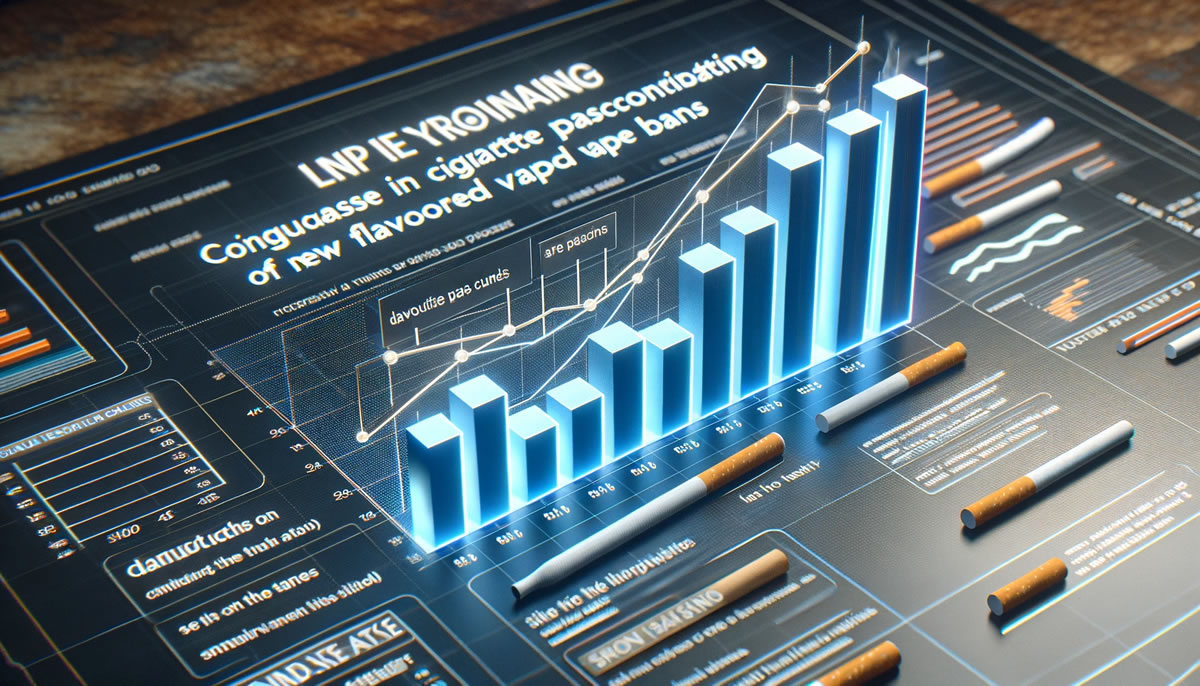
Authors state this strongly demonstrates the policy fails achieving goals, with bans neither reducing youth vaping itself nor avoiding traditional smoking risks. Because it reveals adolescent users don’t simply abandon nicotine overall when preferred vape options eradicated. Many clearly migrate directly to cigarettes posing massively higher health dangers from combustion exposure and addiction rates.
Additional Evidence Reaffirms Flavor Bans Lead Youths to Higher-Risk Cigarettes
Multiple supplementary peer-reviewed studies further validate Yale’s concerning findings on increased youth cigarette smoking tied specifically to loss of enticing vape flavors:
- National Bureau of Economic Research – bans associated with 23% escalation in high school cigarette usage post-flavor restrictions.
- Reason Foundation – 15-20% cigarette sales spike across assessed metro regions after respective municipal flavor vape bans.
- Public Health England – comprehensive report found higher youth smoking levels consistently in countries implementing more draconian vaping laws around flavors and nicotine limits.
The emerging public health data consensus provides clear evidentiary basis revealing adolescent users view different nicotine options as substitutable to an extent. Eliminating their ability to access desired vaping products provokes predictable economic behavior shifts towards satisfying addiction cravings through available cigarettes instead.
Why Banning Flavored Vapes May Psychologically Drive Teen Smoking Increases
Two primary drivers proposed explaining escalation of youth cigarette adoption specifically resulting from flavor vape access removal bans:
1. Losing Legal Purchase Channels Drives Black Market Activity – With products like fruity disposable vapes banned, teens naturally redirect efforts towards obtaining parallel nicotine sources illegally or through adult proxies. But this pushes the youth market further outside formal regulations.
2. Creating New Price Incentives Through Less Competition – Research definitively shows younger users veryaffected by vaping cost changes compared to established adult consumers. So removing major e-cigarette competition suddenly makes cheap cigarette options more appealing by comparison for cash-strapped kids.
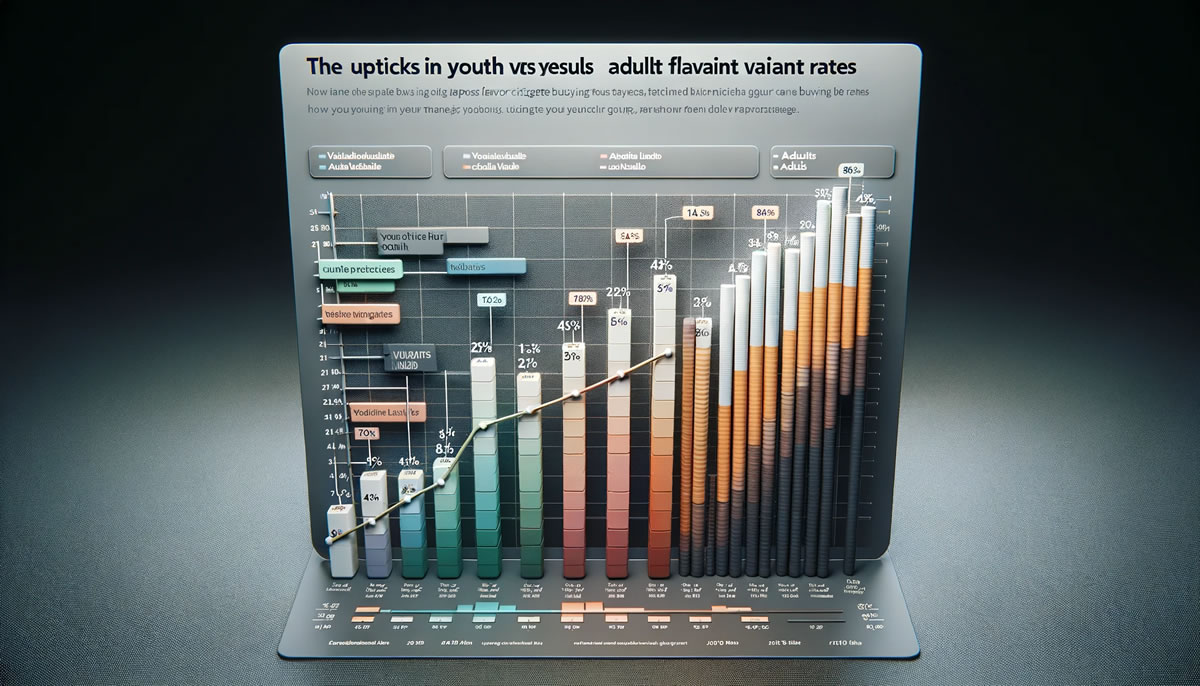
Underlying adolescent addiction psychology predisposes those losing legal vape channels towards migrating to lower-perceived risk cigarettes. Especially since tobacco products remain ubiquitously accessible from convenience stores for youths employing social sources. This reveals the critical unintended trade-off consequences requiring consideration.
Public Health Experts Advise Alternative Measures Over Straight Bans
Respected medical voices and health groups like the Royal College of Physicians increasingly endorse youth vaping precautions avoiding smoking escalation risks. Recommendations include:
- Raise Legal Purchase Age: Pushes access responsibility onto adult channels exclusively outside high schools.
- Harm Reduction Education: Ensures fully informed usage decisions especially for at-risk smokers.
- Responsible Industry Regulations: Forces transparency and youth protection from brands without prohibition.
Tobacco policy experts argue measures affecting price, visibility, and convenience can significantly discourage youth vaping without hardship for adult smokers trying to quit. The ultimate goal remains facilitating migration from high-risk combustibles, not necessitating difficult black market transitions.
In summary the emerging public health data consensus warns real-world communities must carefully weigh vaping flavor ban impacts against potential youth smoking increases. While restrictions could reduce vape experimentation itself, the overall harm balance regarding aggravated cigarette adoption and other concerns remains dubious absent additional safeguards. There exists no definitive evidence blanket prohibitions deliver net public health benefits.
- Is Vaping and Driving Illegal in Vermont? (2025 Guide) - July 18, 2025
- Vaping Laws in Vermont : A Comprehensive Guide for 2025 - July 18, 2025
- Malaysian Sarawak Considers Banning Vape Product Sales - July 18, 2025

